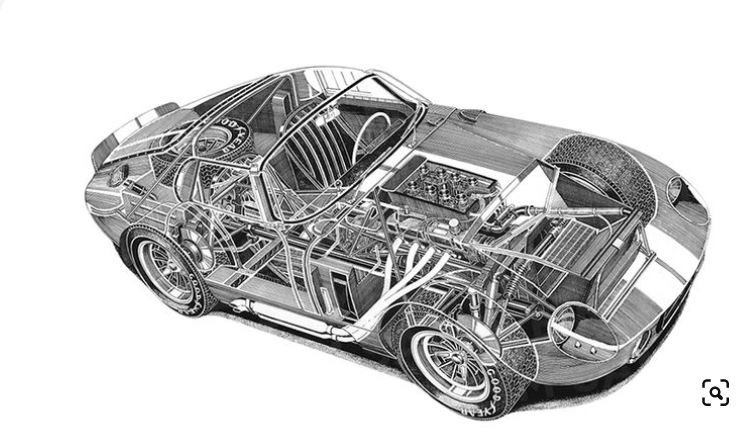
Ferrari 330 P4 Cutaway 8.5 X 11
Ferrari 330 P4 Cutaway

Ferrari 330 P4 Cutaway
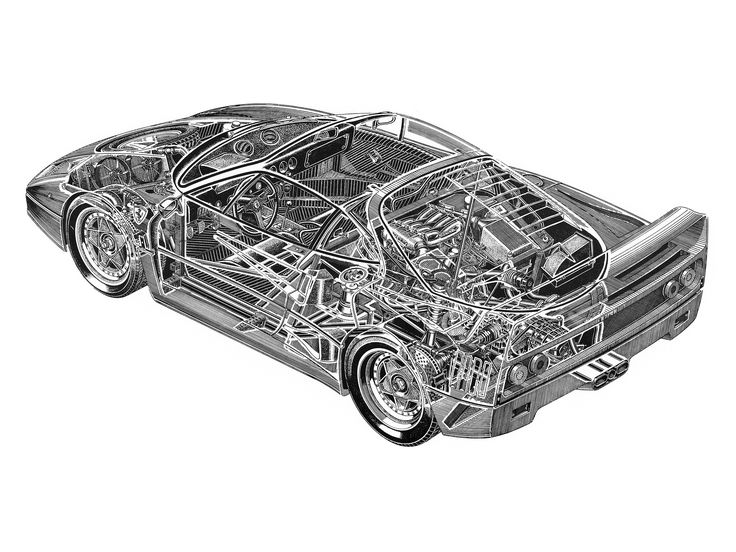
Ferrari F40 Cutaway 8 1/2 x 11 inches
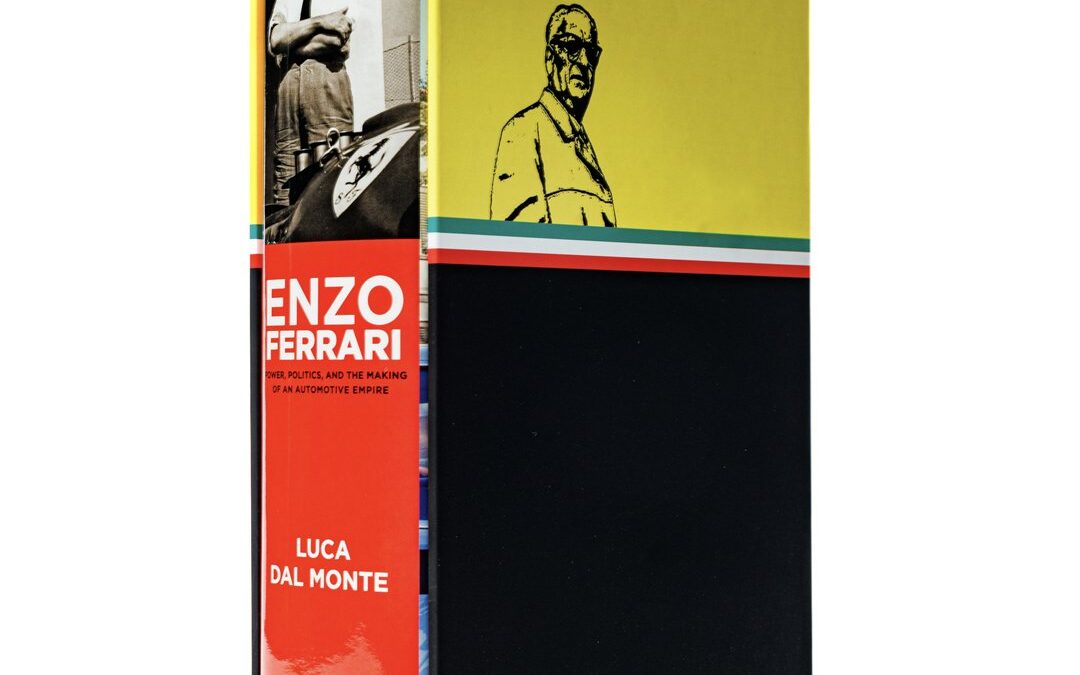
When Enzo Ferrari was born in 1898, automobiles were still a novelty in his native Italy. When he died ninety years later, the company he built stood at the top of a global industry, with the Ferrari name universally recognized for performance, racing prowess, and state-of-the-art Italian design. Enzo Ferrari: Power, Politics, and the Making of an Automotive Empire is the definitive account of an epic life.
Drawing on years of original research conducted in Italy and abroad, author and Ferrari insider, Luca Dal Monte, uncovers a wealth of new facts about Enzo’s origins, ambitions, business practices, and private life. The book revisits all the highlights of Ferrari’s rise to greatness: his driving career in the 1920s; his management of racing teams for Alfa Romeo in the 1930s; the launch of his own company and team in the late 1940s, and his unprecedented successes building cars for the road and race track in the following decades. But the book also examines lesser-known and sometimes hidden aspects of Ferrari’s career, from his earliest failed business ventures to his political dealings with Italy’s Fascist government, Allied occupiers, and even Communist leaders. And it lays bare the internal politics of the Ferrari company and team, whose leader manipulated employees, drivers, competitors and the media with a volatile mixture of brute force, paranoia, and guile.
Accompanying the in-depth text are extensive endnotes along with a full bibliography and index. The book is illustrated with four separate sections of photos, exhibits and artefacts, and opens with a foreword by former Ferrari president Luca Di Montezumolo, who previously served as the company’s Formula One team manager.
This is truly the definitive biography of Enzo Ferrari, one that makes previous accounts obsolete. Its depth, scale, and detail make it essential reading for automotive and motorsport enthusiasts. But other readers will be drawn to a sweeping story of Italian life, business, and culture during the 20th century.
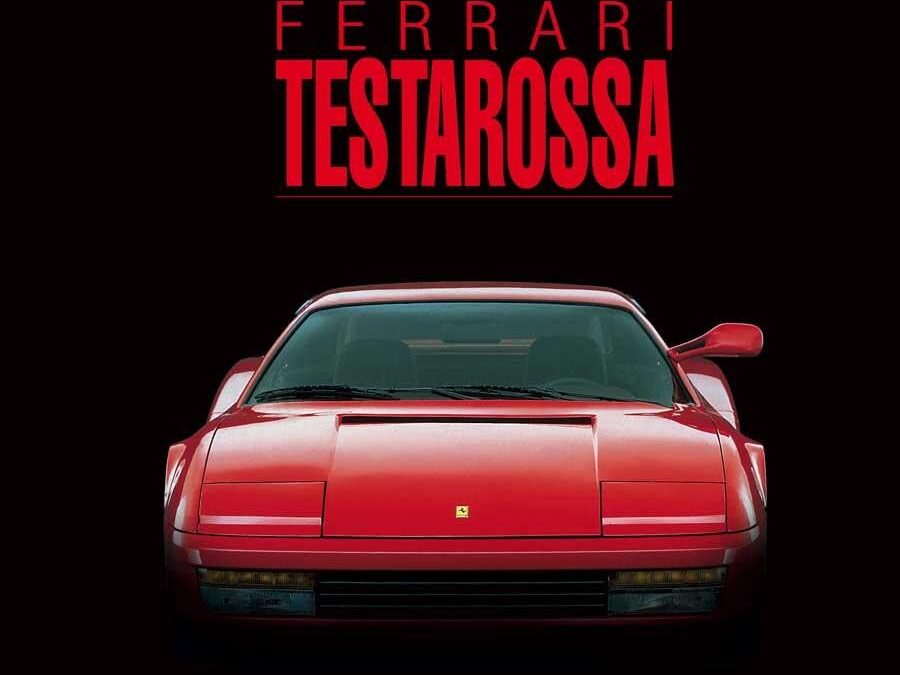
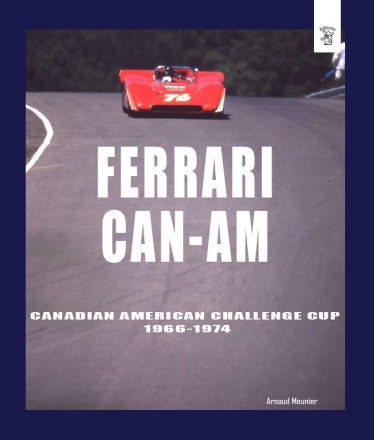
This book traces history of Ferrari Canadian-American Challenge Cup, or Can-Am, from 1966 to 1974.
The book includes results for each Ferrari and driver, race by race. It also covers the development and history of the fifteen Ferraris entered during the nine Can-Am seasons (Dino 206 S, 275 GTB/C, 250 LM, 312 P and 512 S/M) and of course the Ferraris specially developed for this championship : 412 NART-Canada, 350 Can-Am, 612 P and 712 P.
Text in French and English.
Hard Cover
213 color photos
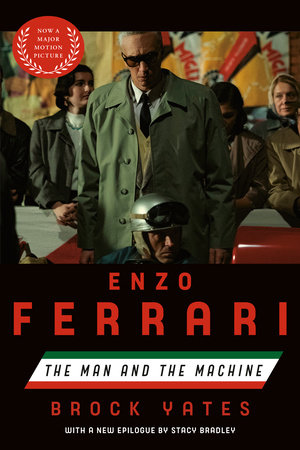

Dive into the exhilarating world of automotive legend, Enzo Ferrari. Explore the life and legacy of the man behind the prancing horse emblem. Discover the passion, innovation, and unwavering dedication that shaped the iconic Ferrari brand. Join us on a journey through the roaring engines, the racetracks, and the indomitable spirit of a visionary who forever changed the landscape of luxury automobiles.
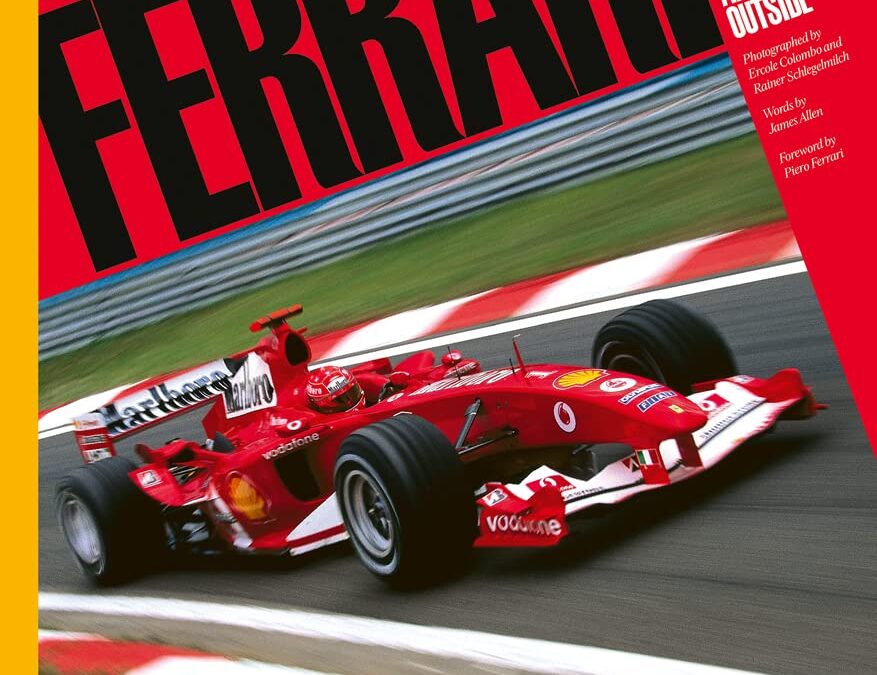
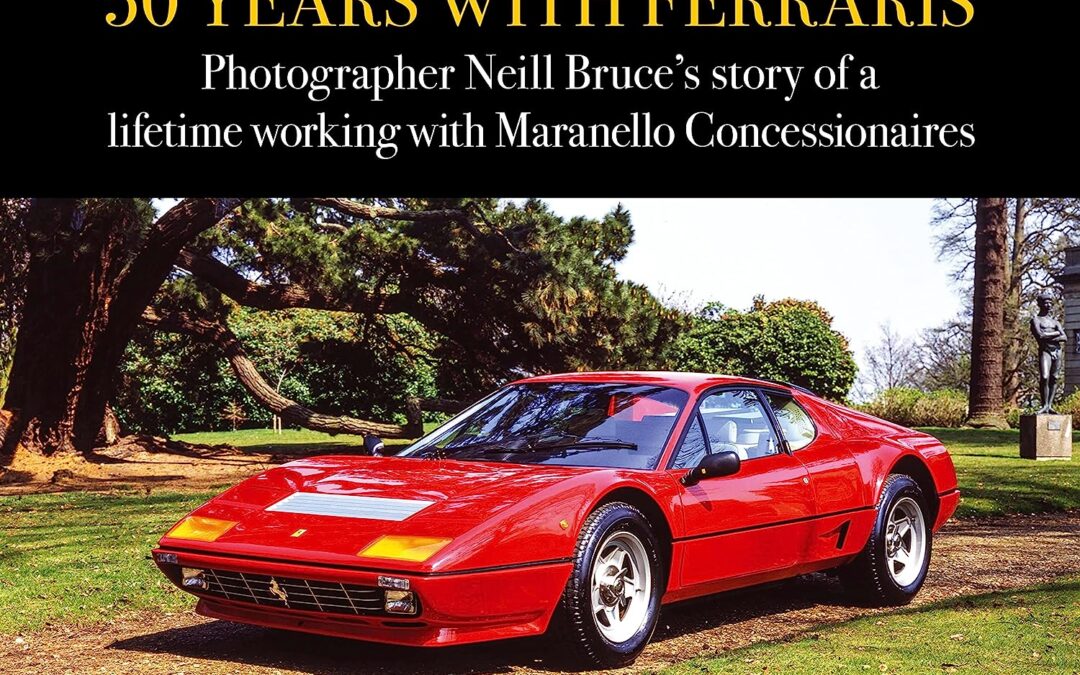
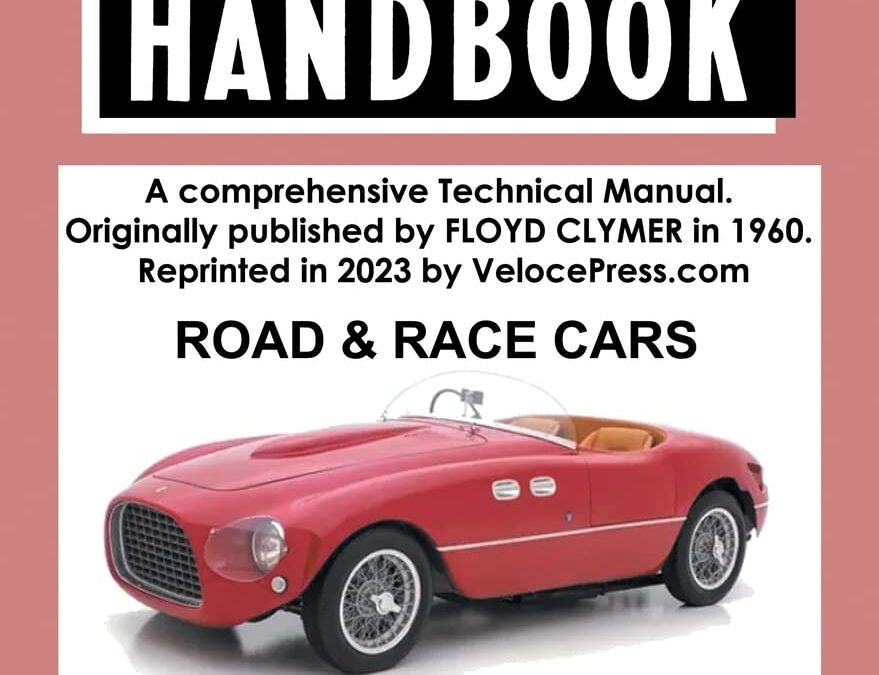
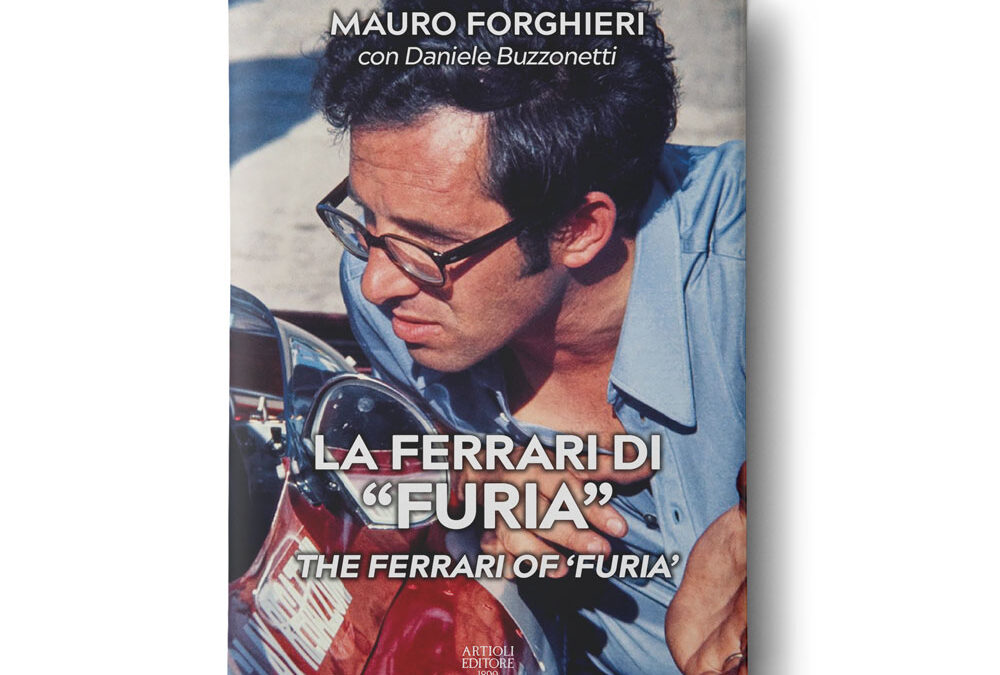
Always brilliant and clever, the engineer Mauro Forghieri seemed like a man out of time.
To enable a wider audience of enthusiasts to discover the fundamental role the engineer played at Maranello, from 1960 to 1987, we offer the story of his memories, which he himself dictated.
The history of Ferrari, as told directly by the engineer Mauro Forghieri, protagonist of the most exciting period of events linked to the Prancing Horse manufacturer.
It starts from the unpublished “Characteristic note” of June 1960, a sort of “report card” (with evaluations in Intelligence, Attitudes, Discipline, Attachment to Work, Culture), which concluded his three-month trial period, up to the resignation of the engineer himself on May 27, 1987, a year before the death of the legendary Maranello carmaker.
These were the years of great growth for Ferrari, the battle with Ford in endurance races, the legendary 312T taken to the highest level by Niki Lauda, the transition to turbo engines with Gilles Villeneuve. Numerous victories (54 world championship GPs and 11 Formula 1 Drivers and Constructors world titles), all with projects designed by engineer Forghieri, Ferrari’s “shadow man” and witness to everything that happened in the factory and on the racetracks.
An authentic Ferrari story, divided into forty-one chapters, unique because it was dictated and authorized by the renowned Italian engineer who sadly passed away on November 2, 2022.
· 272 pages
· Color and B/w Images
· Size: cm 17×24
· Languages: Italian & English
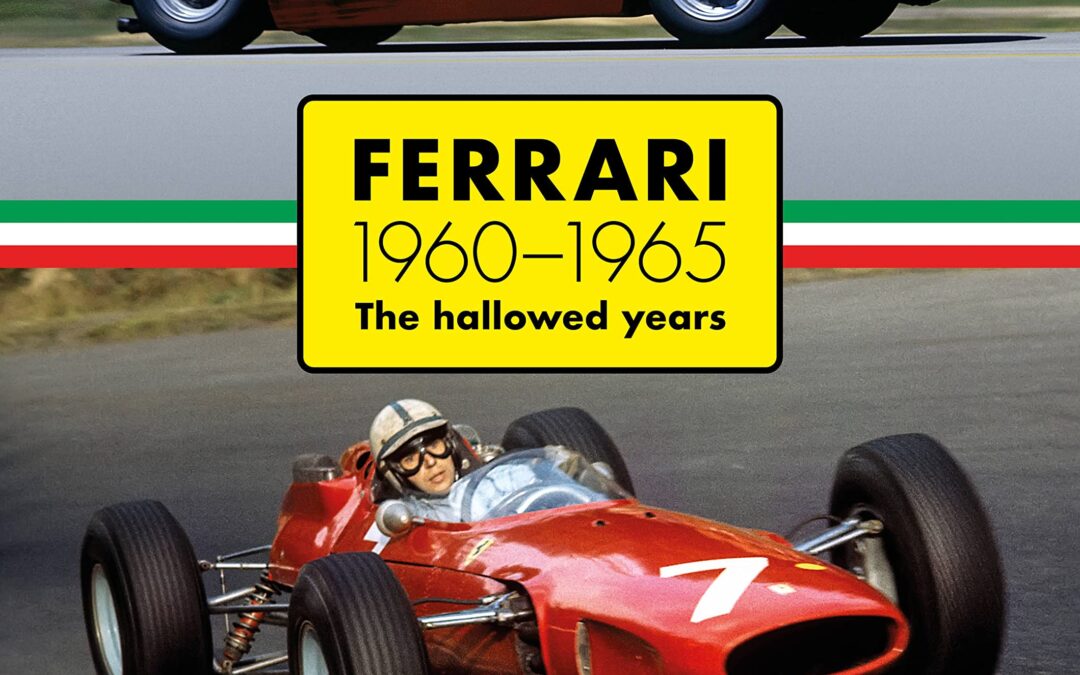
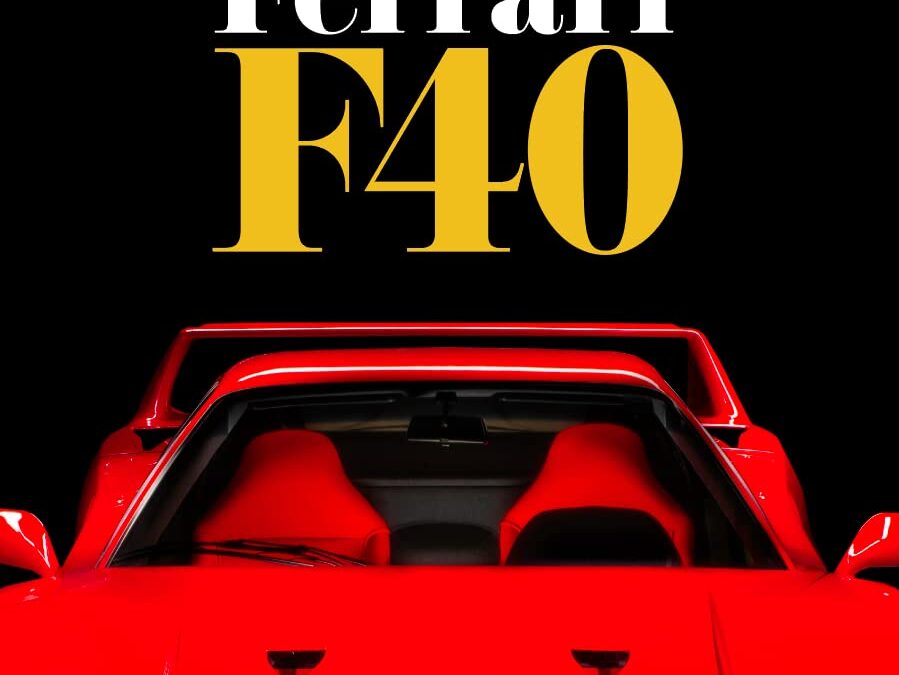
The Ferrari F40 wowed the motoring world when first unveiled in June 1987. The model took its name from the ‘F’ of Ferrari and ’40’ as a celebration of the 40th anniversary of Ferrari car production.
Customers could have an F40 in any colour they liked, as long as it was red! It was fast, radical in appearance, and bereft of interior appointments, with a totally minimalist approach and extensive use of composite components in its construction, with a 478bhp, twin-turbo, 2,963cc, 90° V8 engine.
Competition examples competed successfully in top-level national and international racing from 1989 to 1996.
● Lavish production, large-format, and extensively illustrated with over 400 images, including factory production, racing and ‘under-the-skin’ imagery showing the car’s componentry.
● Fascinating and authoritative text from Ferrari marque expert Keith Bluemel.
● Appendices covering production data, specifications and the full racing history of the F40, event-by-event, and chassis-by-chassis.
● Interviews with Nicola Materazzi, widely regarded as the father of the F40, and Dario Benuzzi, Ferrari’s F40 development driver.
● Comprehensive chapters covering Ferrari’s roots, the F40’s ancestry, design and production; under the skin of the F40; the F40 racing story and owning and running an F40 today.
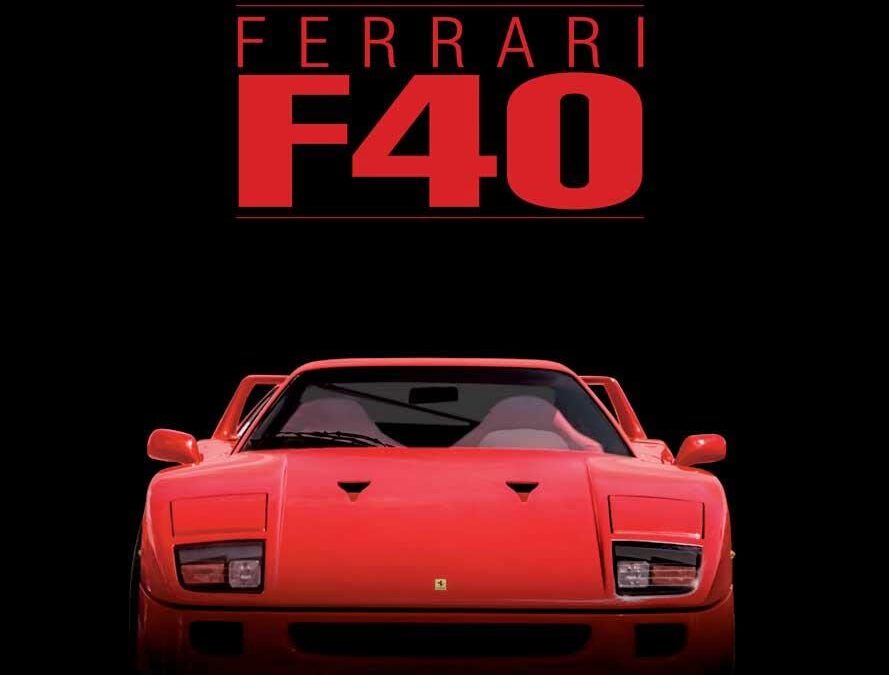
A must, an “exaggerated” Ferrari, a remarkably impressive car still today, more than 30 years on from its launch.
The Ferrari F40 caused a sensation when it first saw the light of day in 1987 thanks to its uncompromising lines and a formidable mechanical specification, most of which left in plain sight and promising unrivalled performance. The car emanated immense appeal from every side.
The last of the Prancing Horse’s GT cars “approved” by Enzo Ferrari is the protagonist of this book by Gaetano Derosa, a book that starts from a long way out, analysing the “forebears” of the F40: from the 250 LM of 1963 to the 308 “Millechiodi” of 1978, to the 288 GTO of 1984 and the GTO Evoluzione of 1986. The technical and stylistic evolution of the F40 is also recounted by the figures responsible for this thoroughbred Ferrari: from Leonardo Fioravanti, in his dual role as designer and at the time vice-chairman of the Maranello firm to Nicola Materazzi who defined the monstrous eight-cylinder engine that powered the car and through to Piero Ferrari himself one of the great supporters of the F40 Le Mans project.
It is no coincidence that the book concludes with an exhaustive chapter dedicated to the F40 in racing, from the GT and single-marque championships to the return to the Le Mans 24 Hours.
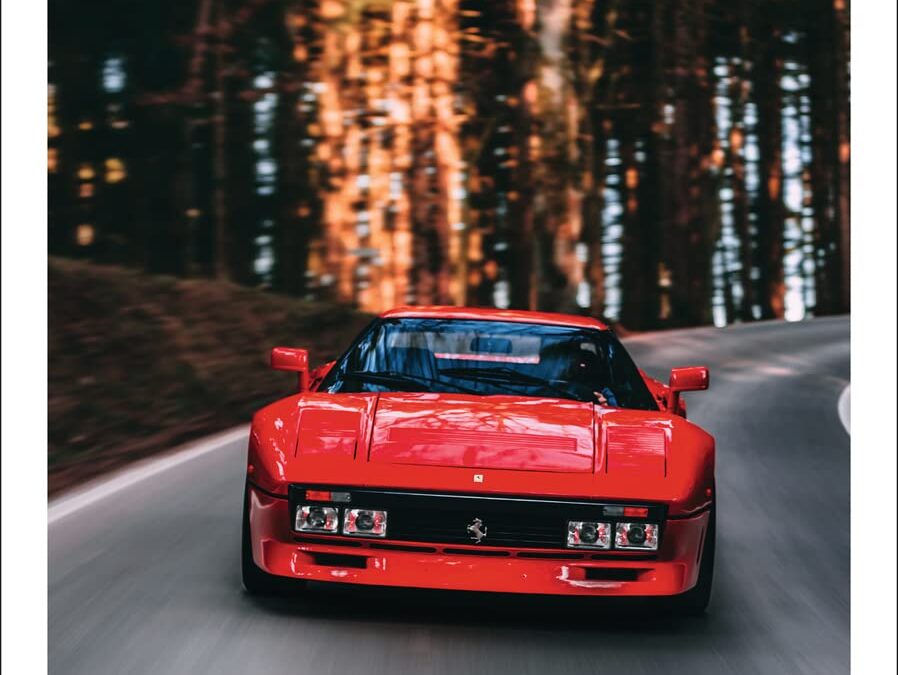
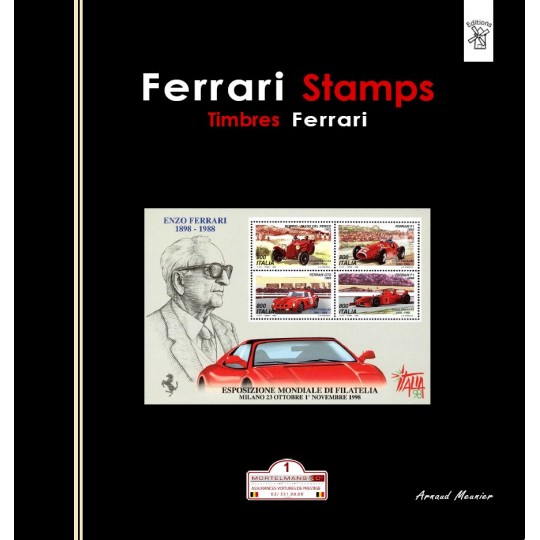
There are inevitably stamps bearing the image of the Ferrari brand. The oldest listed in this book is from 1967 and comes from the Principality of Monaco.D
Discover, through these pages, more than 1600 postage and fantasies stamps about Prancing Horse Cars and its men.
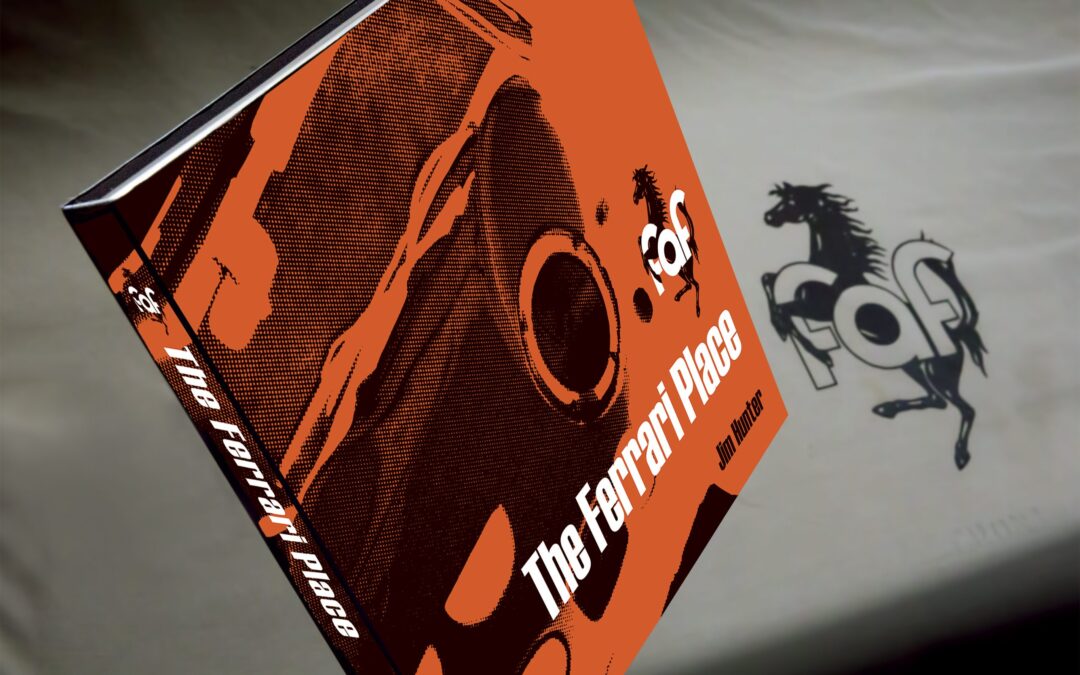
Situated at the end of a gravel-strewn road behind a concrete plant in Tucker, GA., FAF exceeded their floor plan to make an indelible impact on North American enthusiast culture.
THE FERRARI PLACE is a compilation and expansion of the 3-part series that ran in the Ferrari Club of America Quarterly, PRANCING HORSE. Memories and observations from many of FAF’s former staff, competitors, customers, and enthusiasts are illustrated with rarely seen photos, beautifully designed by David Williams.
A sewn-bound, full color hardback, with a laminated case-wrapped cover, each copy of this extremely limited first run is hand-numbered.
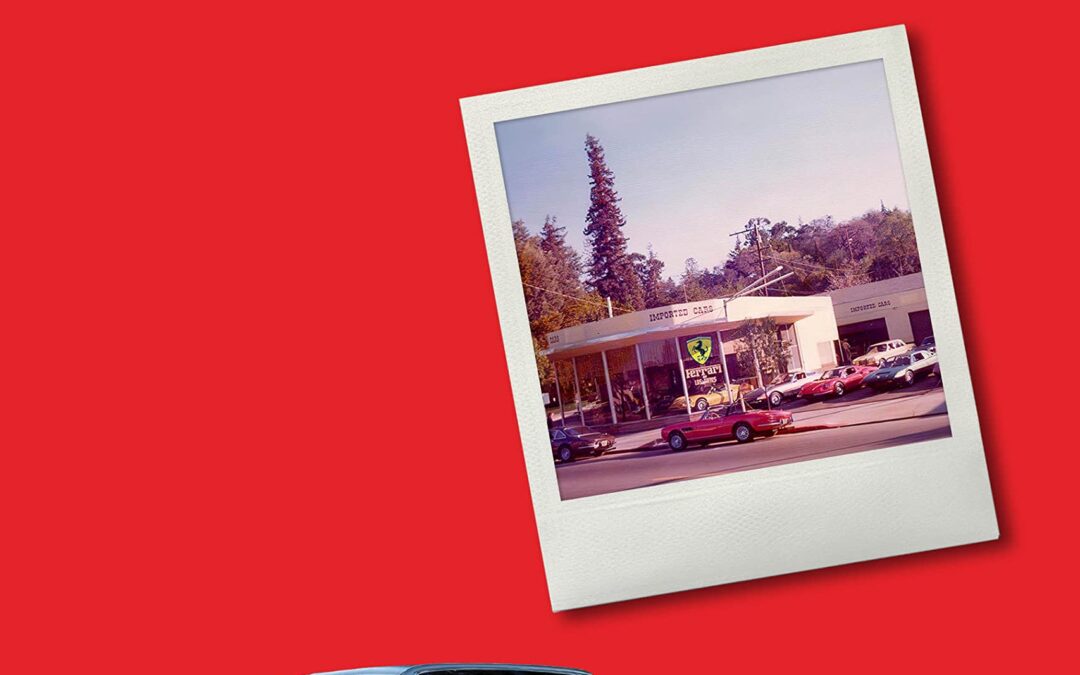
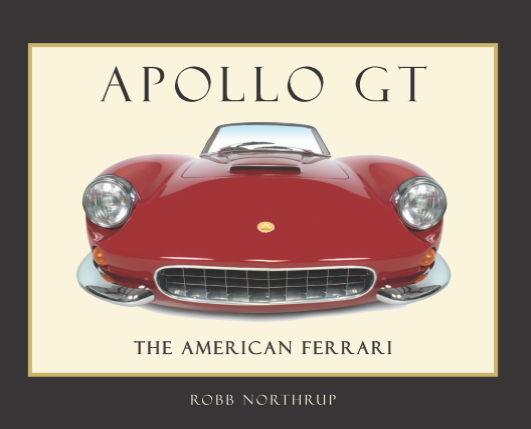
Such prophetic words from Car and Driver magazine back in 1963 underscore the goal of three California twenty somethings who sought to build a world-class grand touring sports car. And, for a while, found themselves on equal ground with Europe’s best.
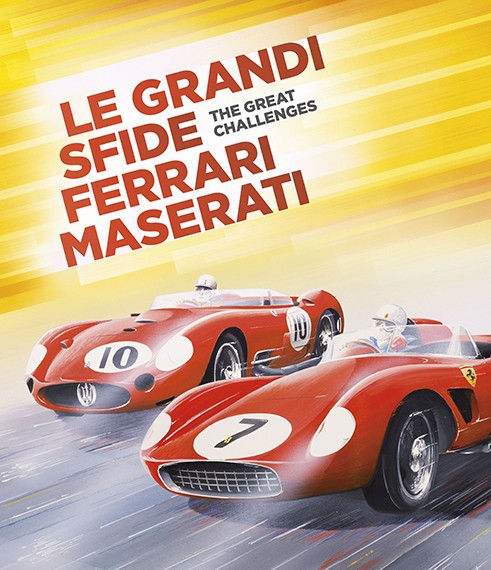
Ferrari and Maserati, a rivalry entirely made in Modena which began around 1926, when the Maserati brothers built their first racing car in Bologna. From 1929, the rivalry became direct, even though it was Maserati against the Alfa Romeo of the Scuderia Ferrari. In 1947, Enzo Ferrari became a manufacturer, following in the footsteps of the Maserati brothers who, in the meantime, had moved to Modena. For Ferrari it was the dream of a lifetime come true and the end of any envy towards who had been manufacturers right from the start.
During the 1950’s, if the Ferrari drivers did not stand on the podium then the Maserati drivers did. The results of the rivalry until 1957, when Maserati terminated its direct involvement in races, highlight three F1 World Drivers’ Championships and four Sports, three Mille Miglia, one 24 Hours of Le Mans for Ferrari. The Maserati record book shows one F1 World Drivers’ Championship and a long list of victories in races worldwide.
However, this is not the whole story. A wider panorama is exhibited here, through the iconic cars of that rivalry.